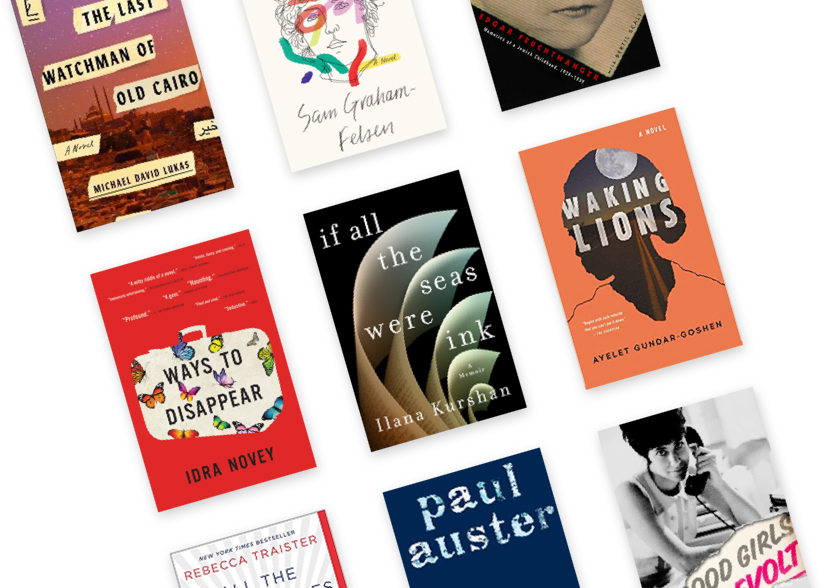Who among us has never written about experiences of trauma — in a diary, a journal, an unsent letter? How can we take those expressions further, transforming them into art? Jehanne Dubrow’s insightful and accessible The Wounded Line: A Guide to Writing Poems of Trauma is available to help poets of all levels answer that very question.
Sandwiched between an engaging introduction and conclusion are twelve chapters, each titled after a different form applicable to writing about great pain. Powerful poems, Dubrow’s own illuminating analysis, and “Writing Your Way In,” consisting of two-to-four thoughtful prompts per chapter, build on the strategies explored.
Dubrow, author of ten poetry collections and three books of creative nonfiction, is no stranger to writing about trauma. She is also a professor of creative writing with a background in Holocaust and Genocide Studies. Dubrow weaves trauma theory into her chapters, as she believes that understanding the nature of trauma and its impact on our thinking is critical to writing effectively about it — whether that trauma is of a personal or global and historical nature. Chapter 1, for example, highlights “Lists and Catalogues,” forms that mirror “the traumatized mind — the fracturing of thought.” Dubrow uses the process of creating shopping lists to explain the structure of these poems: “Our minds skid through the aisles of the grocery store … Tomatoes. Milk. Dishwasher soap. And that’s the contradiction of a list poem. The text arranges difficulty into tidy lines while the form remains nonetheless a collection of disparities.”
Elizabeth Rosner’s “The Alphabet of Inadequate Language,” included in the chapter, is organized alphabetically; ending with Zyklon B “the gas used to murder millions of men, women, and children in Auschwitz,” Rosner then directs us to “… go back to the beginning, See under: A.” Dubrow writes that Rosner’s “message is that trauma and our efforts to understand such pain will form an inescapable ring.”
While many poems about trauma reflect the traumatized mind, others serve to document events. Chapter 12, “Archives and Testimonies,” offers readers strategies for dealing with the challenges of incorporating these types of research into poems.
“Fixed Forms,” the subject of chapter 19, offer the poet containers in which to hold trauma. The sonnet, for example, with its rhyme schemes and iambic pentameter, “makes an argument … that it’s possible to enclose or surround the pain, albeit briefly” within the space of fourteen lines.
“Hybridities,” poems that bend genres, mirror the nature of trauma itself: Trauma “crosses our boundaries. It teaches us that the self is not as fixed as we might have believed/” Neither trauma nor poems about it, as we see in this final chapter on forms, can always be held in one container or genre.
Poets interested in writing about trauma will want to read — and reread—The Wounded Line slowly. They’ll benefit greatly from studying the forms and writing responses to the prompts. But Dubrow’s book also has much to offer readers who don’t call themselves writers. A masterclass on the intersection of trauma and art and on how and why such poems touch us deeply, The Wounded Line will be cherished by anyone wishing to explore their own painful experiences or those of the people who came before them.
Diane Gottlieb is the editor of Awakenings: Stories of Body & Consciousness, the forthcoming Manna Songs: Stories of Jewish Culture & Heritage and the Prose/Creative Nonfiction Editor of Emerge Literary Journal. Her writing appears in Brevity, River Teeth, Witness, Florida Review, The Rumpus, Huffington Post, among many other lovely places.

